
Sorting and classifying minerals is important in mining. The right equipment helps remove impurities and prepares materials for the next stage of processing. This article compares different screening machines in mineral extraction and shows which ones work best for various tasks in mining.
In mining operations, screening machines are used to sort ore after blasting and crushing. These materials typically consist of a mixture of large, medium, and small particles. The screening equipment separates these particles and directs different-sized materials to corresponding downstream processes, such as grinding, flotation, or leaching.
For example, in gold processing plants, separating coarse ore from fine ore at an early stage can accelerate and improve the efficiency of gold leaching. It also facilitates the smooth operation of flotation and other extraction methods.
Screening also removes unwanted materials like clay, small rocks, or debris that may clog downstream equipment. Proper screening can enhance recovery rates, save energy, and help maintain consistent product quality.
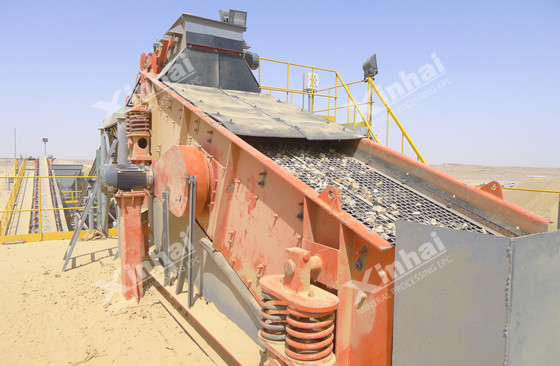
The types of screens in mineral processing differ a lot. Each type works better for certain ores, moisture conditions, or production levels. Choosing the right screen keeps operations smooth, reduces wear, and improves overall plant efficiency.
Here are common types of screening machines used in mineral extraction:
1. Fixed Screening Equipment – Simple and cheap. These rely on gravity to separate material. They are usually placed in coarse crushing bins or before a primary crusher to remove large pieces. They work well when you don't have high moisture content, but screening efficiency is low. In small quarry operations, fixed screens often handle around 100 tons per hour.
2. Roller Screens – These have rotating cylinders or rollers. Gaps between rollers let smaller pieces pass through. They are good for sticky or moist ores that might block other screens. Roller screens are used mostly for coarse material. The downside is that rollers can wear out quickly, especially with abrasive ores. For instance, in a zinc plant, rollers had to be replaced every five to six months due to constant abrasion.
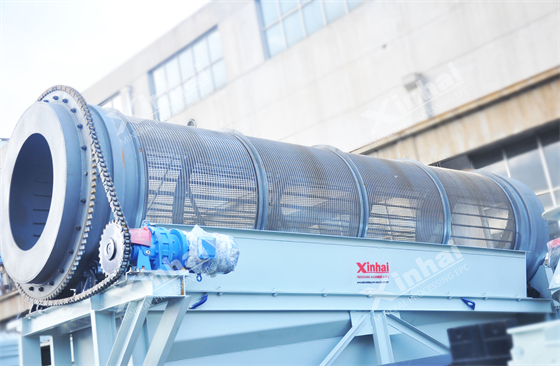
3. Vibrating Screen Machine – A vibrating screen machine is a device that uses vibrations to sort materials by size. You'll find it in different industries like mining, construction, and food processing, where it helps separate things like ores, sand, gravel, and powders.The most common type, including circular, linear, and self-centering versions.
4. Round Vibrating Screen (YA): Circular motion makes it good for medium to coarse particle separation. It prevents screen clogging and works reliably under heavy feed conditions. One gold mine uses YA screens to handle 300 t/h of crushed ore efficiently.
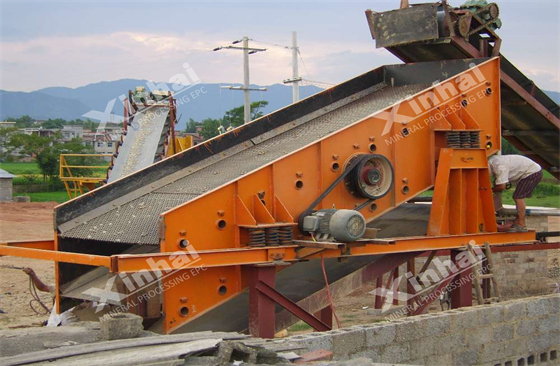
5. Linear Vibrating Screen: High capacity and precise separation, suitable for dewatering or exact sizing. It works even when ore moisture is around 15%. A recent test in a copper processing plant showed it handling 500 t/h of ore with consistent performance.
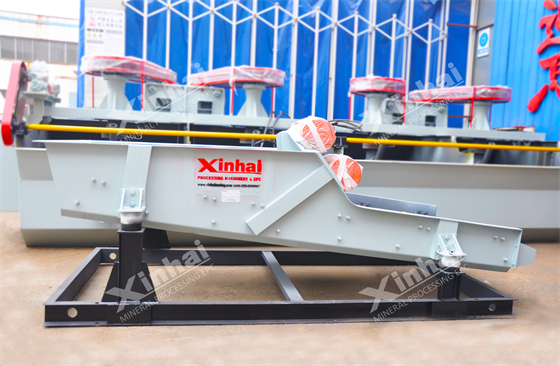
6. Auto Centering Vibrating Screen: Built for strong vibration and efficient separation, especially when handling heavy loads or multiple size fractions. Operators often remark on its stable operation even during long shifts.
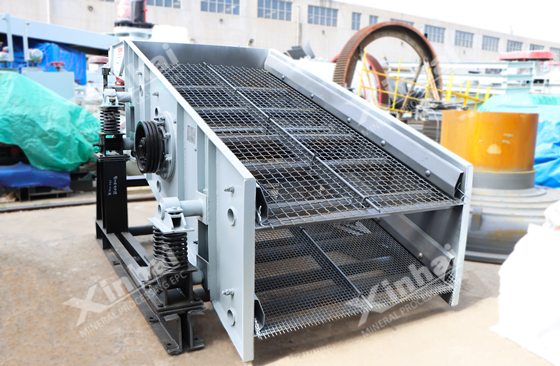
In large-scale screening operations, efficiency isn't just about speed. You also need the right industrial ore screening equipment for each production stage. In screening in mineral processing, and in sand & gravel lines, your choice depends on feed size, moisture, capacity, and target particle size.
Stage-based screening selection:
First stage screening – Usually before primary crushing. Options: fixed screens (low efficiency, low cost), heavy-duty vibrating screens (high efficiency, higher cost), and roller screens (medium efficiency, higher cost). Many plants choose heavy-duty vibrating screens for coarse material because they handle bigger pieces better and keep the line running.
Second and third stage screening – Involves finer separation. Circular vibrating screens are preferred for their high efficiency and low cost. Linear screens are chosen when precise sizing or dewatering is required.
Inspection screening – Final quality check. Circular vibrating screens are common because they provide consistent separation. Linear screens are used if specific particle control is needed.
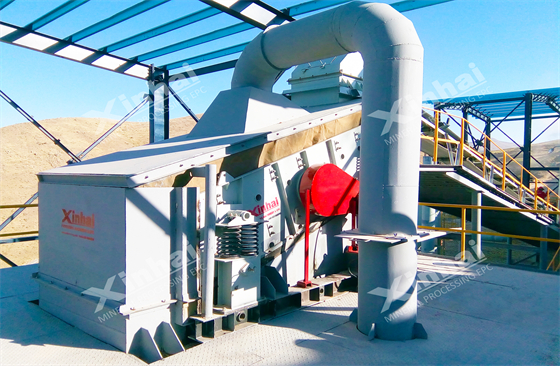
Screening Equipment Comparison Table:
| Stage | Equipment Type | Efficiency | Cost | Example Use |
First stage screening | Fixed screen | Low 50–60% | Low | Small quarry, coarse separation |
Heavy-duty vibrating screen | High 85–90% | High | Primary coarse screening | |
| Roller screen | Medium 70–75% | High | Sticky or moist ores | |
Second stage screening | Circular vibrating screen | High 85–90% | Low | Medium separation |
Linear vibrating screen | Medium 75–80% | Low | Dewatering, precise sizing | |
Third stage screening | Circular vibrating screen | High 85–90% | Low | Final product classification |
Linear vibrating screen | Medium 75–80% | Low | Fine product verification | |
Inspection screenin | Circular vibrating screen | High 85–90% | Low | Quality check |
Linear vibrating screen | Medium 75–80% | Low | Fine product verification |
In summary, equipment selection should focus on material characteristics, feed particle size, and desired product specifications. Different processes may require specialized screening machines and screen panels, which can be made from various materials including woven wire mesh, perforated plates, rubber, and polyurethane.
Xinhai Mineral Processing EPC offers a comprehensive range of screening equipment and customized mineral processing solutions to optimize workflow and ensure stable, efficient production. Contact us today to find the optimal solution for your operation!
To find out more about our products and solutions, please fill out the form below and one of our experts will get back to you shortly.